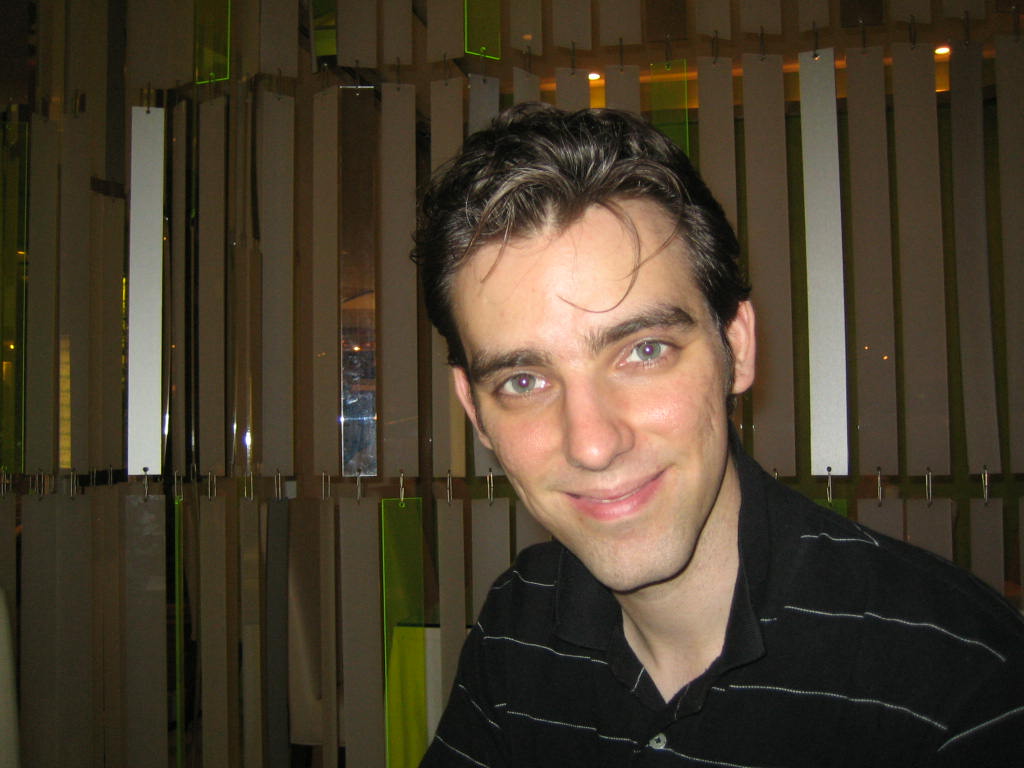I am aware that parts of this interiew have already been exerpted in another thread but I felt that this analysis of the social and political obstacles facing life extension is so insightful that I simply had to highlight it.
The whole interview can be found at http://www.betterhum...ID=2003-08-25-3
SF= Better Humans Journalist Shannon Foskett
ADG= Cambridge Biogerontologist Aubrey De Gray
SF: What are some of the social and political obstacles to life extension?
ADG: There's really only one: fatalism, i.e. skepticism that anything can be done about aging in one's own (or probably even one's children's) lifetime.
All the nonsense we hear about the undesirability of curing aging (population growth, loss of "meaning" of life, boredom) is just a smokescreen that people only take remotely seriously as a way to help themselves come to terms with their inevitably (as they see it) short lifespan.
The fatalism problem can be dissected into three separate problems that form a sort of triangular logjam, each perpetuating the next. The public thinks nothing can be done. So, the state only funds very unambitious work -- very reasonably they feel that to fund stuff that their constituency thinks is a pipedream would jeopardize re-election. (Parallel logic holds for shareholders and directors in industry.)
So, scientists -- also very reasonably -- don't even submit grants to do ambitious stuff, even if they want to (of which more in a moment), because it's a waste of time -- the grant will be turned down. So, when scientists go on the television to talk about their work, they talk about the cautious stuff that they're actually doing, not about the ambitious stuff that they're not doing, and indeed this encourages them to the mindset that they don't really want to do the ambitious stuff anyway.
So, the public -- again very reasonably -- continues to view curing aging as very, very far away, because the scientists with the best information are telling them that (not in as many words, but by what they're not saying). So each of these three communities is behaving very reasonably in its own terms, but the result is stasis.
This is not quite as bad as it was -- since we started getting very long-lived worms we now have researchers talking about timeframes for developing antiaging drugs -- but their credibility is hugely impaired by the facts that a) they're only talking about adding 10 or 20 years (and the case for anything more than a year or two is in fact very weak, but I digress) and b) they base this view on their work on worms, for heaven's sake. No mammalian biogerontologist is yet saying these things (except me, and I'm too junior to matter all that much yet -- but I'm working on it!).
That's why the way out is philanthropy. Scientists will do anything interesting for food, so injecting serious money unlocks the logjam. It has to be real philanthropy though; if there are strings attached that bias the work towards short-term goals (and by short-term I mean five years or less, i.e. the attention span of the average venture capitalist), then the right work (which will take 10 years to succeed even in mice) will not occur.










































